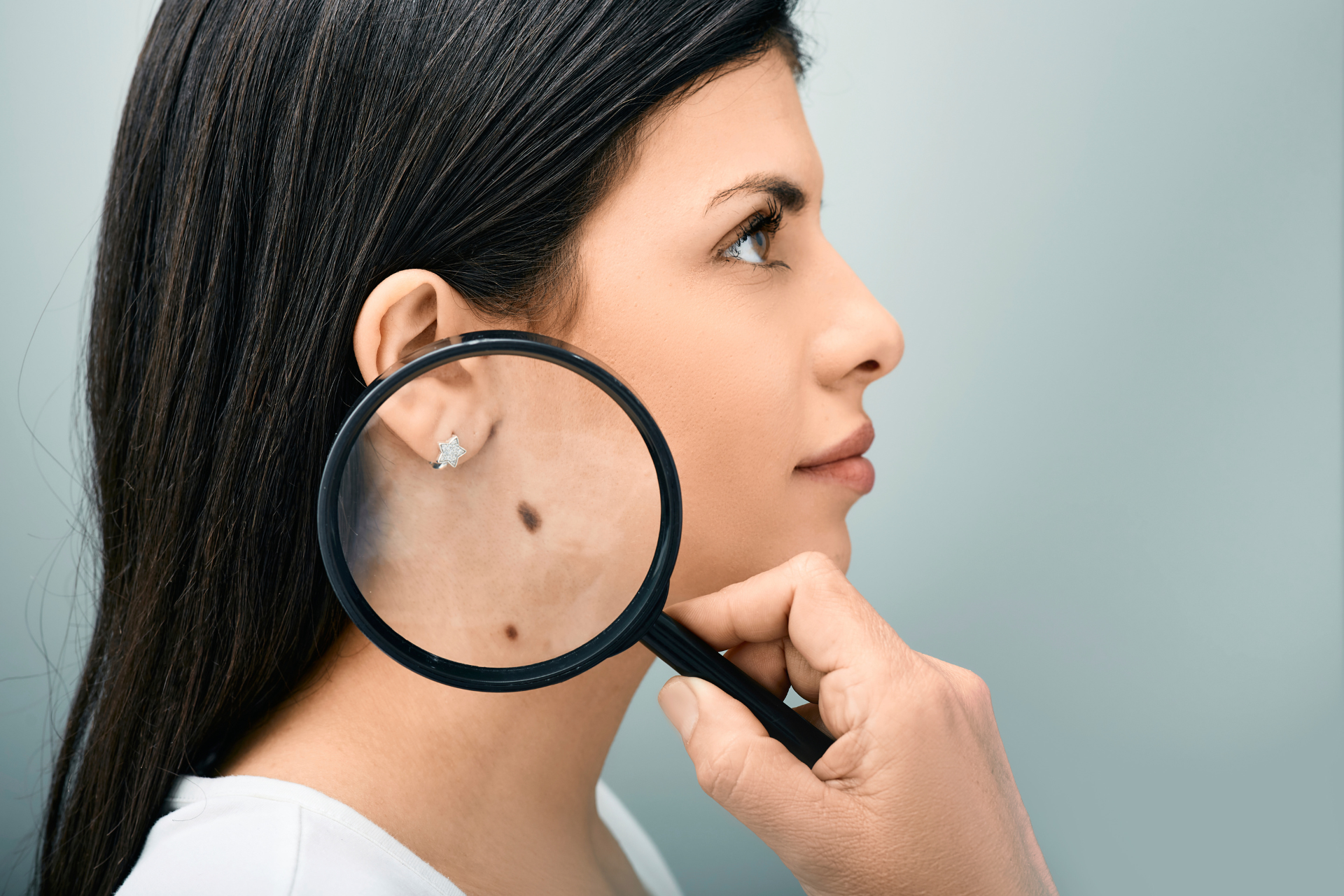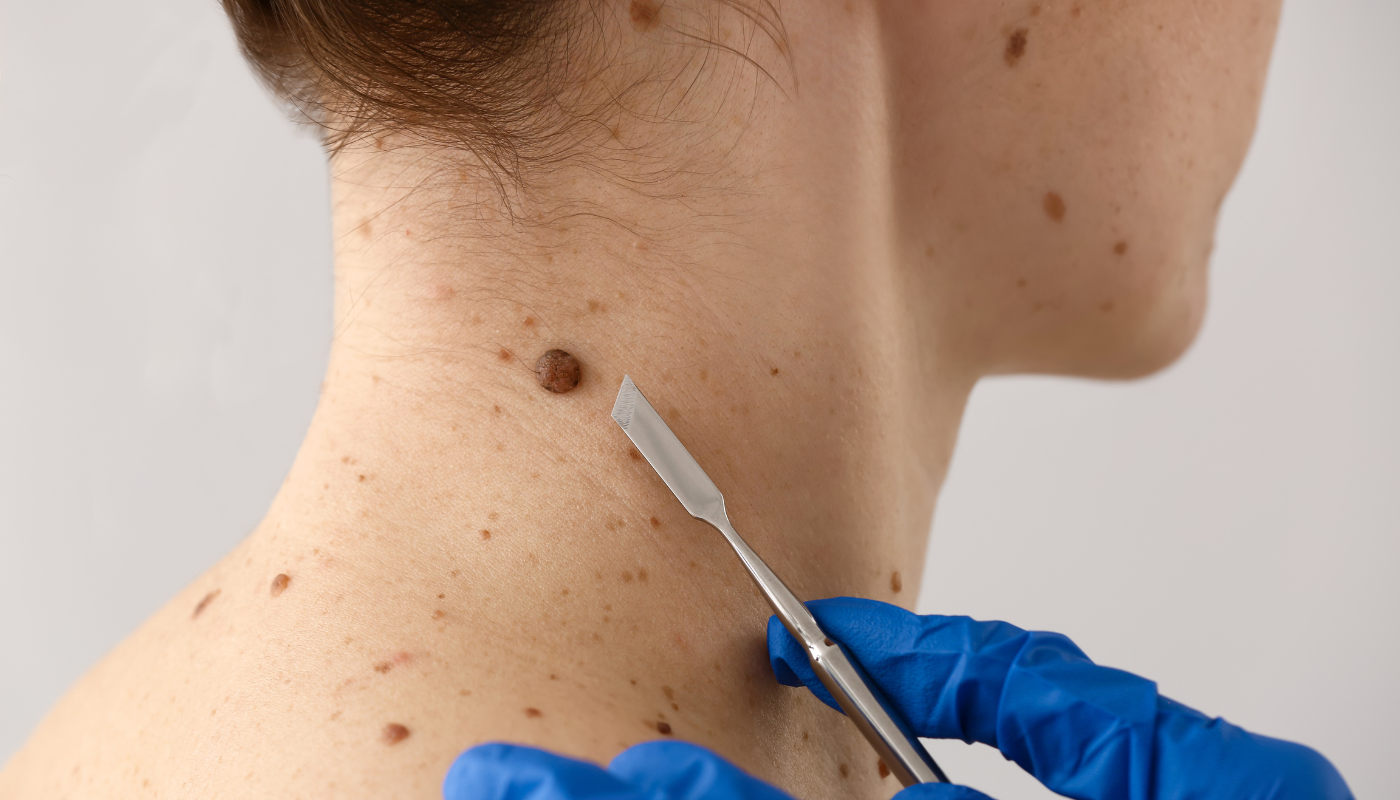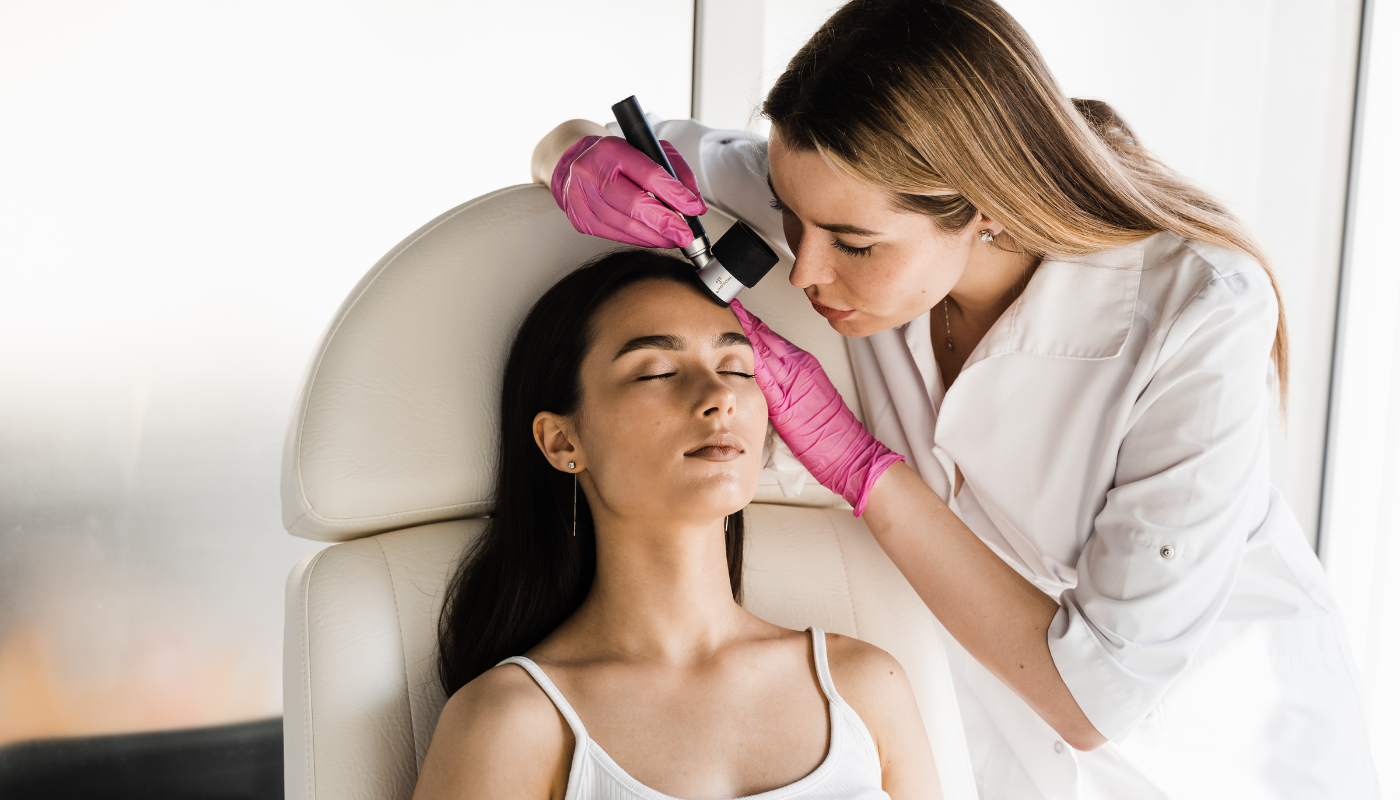The Ultimate Guide to Skin Cancer Checks
The Ultimate Guide to Skin Cancer Checks: What to Look For and When to Act
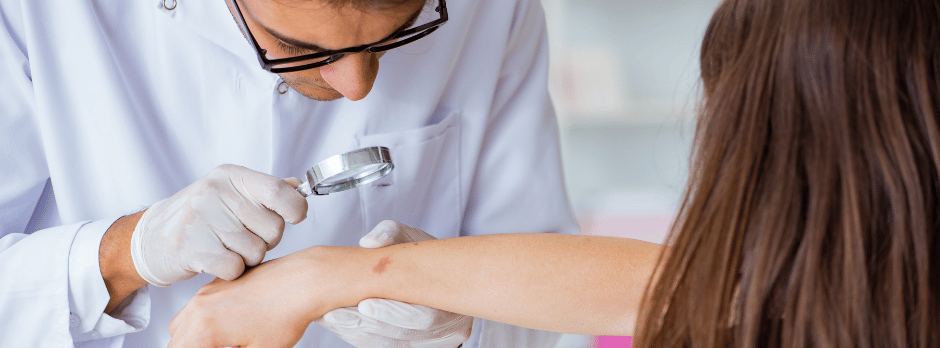
Australia holds the unenviable title of having one of the highest rates of skin cancer in the world.
With our sun-soaked climate and love of the great outdoors, it’s no wonder that skin health has become a national priority. And yet, too many people still overlook the signs their skin is sending them—signs that could spell the difference between early intervention and a serious health battle.
Whether you’re checking your own skin at home or preparing for a visit to a specialist, understanding what to look for and when to act is crucial.
This guide is your roadmap to staying safe, informed, and empowered when it comes to skin cancer prevention and detection.
Why Skin Cancer Checks Matter
Skin cancer is the most common cancer in Australia, with around two in three Australians being diagnosed by the age of 70.
While many cases are treatable, early detection is key—particularly when it comes to melanoma, the most aggressive form of skin cancer.
The good news?
Most skin cancers can be seen with the naked eye.
You don’t need to wait for pain or discomfort to raise the alarm—your body is already giving you visual cues.
That’s why routine skin checks are one of the most effective tools in the fight against cancer.
Understanding the Types of Skin Cancer
Before diving into what to look for, it helps to understand the three main types of skin cancer:
- Basal Cell Carcinoma (BCC):
- Most common type.
- Grows slowly and rarely spreads.
- Often appears as a pearly bump or a red, scaly patch.
- Squamous Cell Carcinoma (SCC):
- Second most common.
- Can spread if left untreated.
- May appear as a crusty sore, thickened red patch, or wart-like growth.
- The most dangerous but less common.
- Can spread quickly to other parts of the body.
- Often starts as a new or changing mole.
What to Look For: The ABCDE Rule
When examining your skin, particularly moles, the ABCDE rule can help you identify suspicious features that might indicate melanoma:
- A – Asymmetry: One half of the mole doesn’t match the other.
- B – Border: The edges are irregular, ragged, or blurred.
- C – Colour: There’s uneven colour or multiple colours (black, brown, red, white, or blue).
- D – Diameter: The spot is larger than 6mm across (about the size of a pencil eraser).
- E – Evolving: The mole is changing in size, shape, colour, or elevation—or starts to itch, bleed, or crust.
Also be on the lookout for the ugly duckling—a mole that looks different from your other spots. It might be the only one that stands out, and that alone is reason enough to get it checked.
When to Act: Red Flags That Warrant Immediate Attention
If you notice any of the following, don’t wait—book an appointment with your GP or a skin specialist as soon as possible:
- A new mole or spot that appears suddenly, especially after age 30.
- A mole that starts to grow, change colour, or change shape.
- Any spot or sore that doesn’t heal, or bleeds repeatedly.
- Persistent itchiness or tenderness around a mole or lesion.
- A mole with two or more colours or uneven texture.
Even if you’re not sure whether a change is significant, it’s always better to err on the side of caution.
Many people diagnosed with skin cancer initially thought their spot was nothing to worry about.
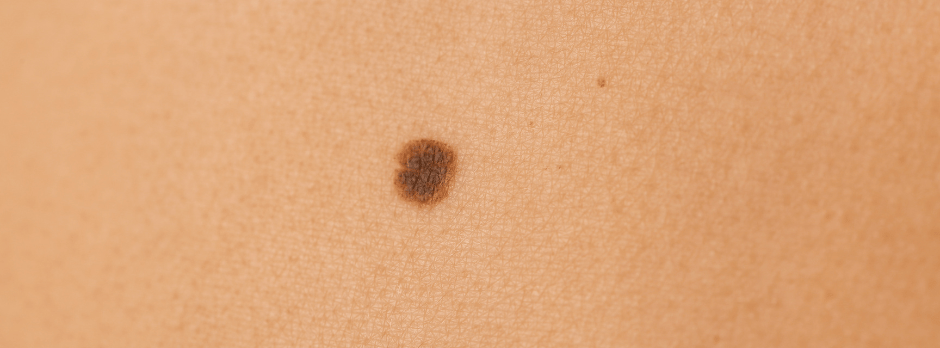
How to Do a Self Skin Check
Performing regular self-exams is one of the most proactive steps you can take.
Aim to check your skin every 1–3 months, especially if you have a high number of moles, fair skin, or a history of sunburn.
Here’s how to do it:
- Use a full-length mirror and a hand mirror.
- Examine all areas of your body: face, neck, ears, scalp (use a comb or get help), chest, abdomen, underarms, arms, hands, fingers, legs, feet, soles, and between toes.
- Check your back and buttocks, using the hand mirror or asking someone for help.
- Document any spots by taking photos or making notes so you can track changes over time.
Apps like MoleScope and SkinVision can help you monitor your moles, but they’re no substitute for a professional assessment.
Who Should Get Regular Skin Checks?
Some people are more at risk and should consider more frequent checks, including:
- Fair-skinned individuals who burn easily.
- People with many moles or freckles.
- Those with a personal or family history of skin cancer.
- Individuals with a weakened immune system.
- Outdoor workers or anyone who spends a lot of time in the sun.
If you fall into one of these categories, speak with your doctor about how often you should have professional skin checks—this could be every 6 months to annually.
What Happens During a Professional Skin Check?
A professional skin check is painless, non-invasive, and takes just 15–30 minutes.
Here’s what to expect:
- The doctor or dermatologist will ask about your skin history and any changes you’ve noticed.
- You’ll undress to your underwear and lie or stand under good lighting.
- A dermatoscope (a handheld magnifying device) will be used to examine moles and lesions more closely.
- If a suspicious spot is found, the doctor may take a photograph for monitoring or recommend a biopsy.
This is a quick, potentially life-saving process that gives you peace of mind and could stop skin cancer in its tracks.

Prevention: Your Best Line of Defence
Skin checks are important, but preventing skin cancer in the first place is even better.
Incorporate these sun-smart habits into your daily routine:
- Slip on protective clothing
- Slop on broad-spectrum SPF 30+ sunscreen
- Slap on a wide-brimmed hat
- Seek shade when outdoors
- Slide on sunglasses
Apply sunscreen every day—not just when heading to the beach—and reapply every two hours when outdoors.
Don’t forget areas like your ears, scalp, hands, and feet.
Final Thoughts: Be Skin-Aware, Be Proactive
The bottom line? Your skin is talking—make sure you're listening.
Skin cancer is one of the few cancers that you can see with your own eyes. That makes it uniquely preventable and highly treatable when detected early.
Don’t wait for a mole to “look worse” or for a spot to start hurting. By the time symptoms appear, the cancer may already be progressing. Regular self-checks, yearly professional exams, and a commitment to sun safety are your best weapons in staying healthy.
So take control of your skin health today.
Book that check. Get familiar with your body.
And remember—when in doubt, get it checked out.
More Skin Tips.
CoreBodi
